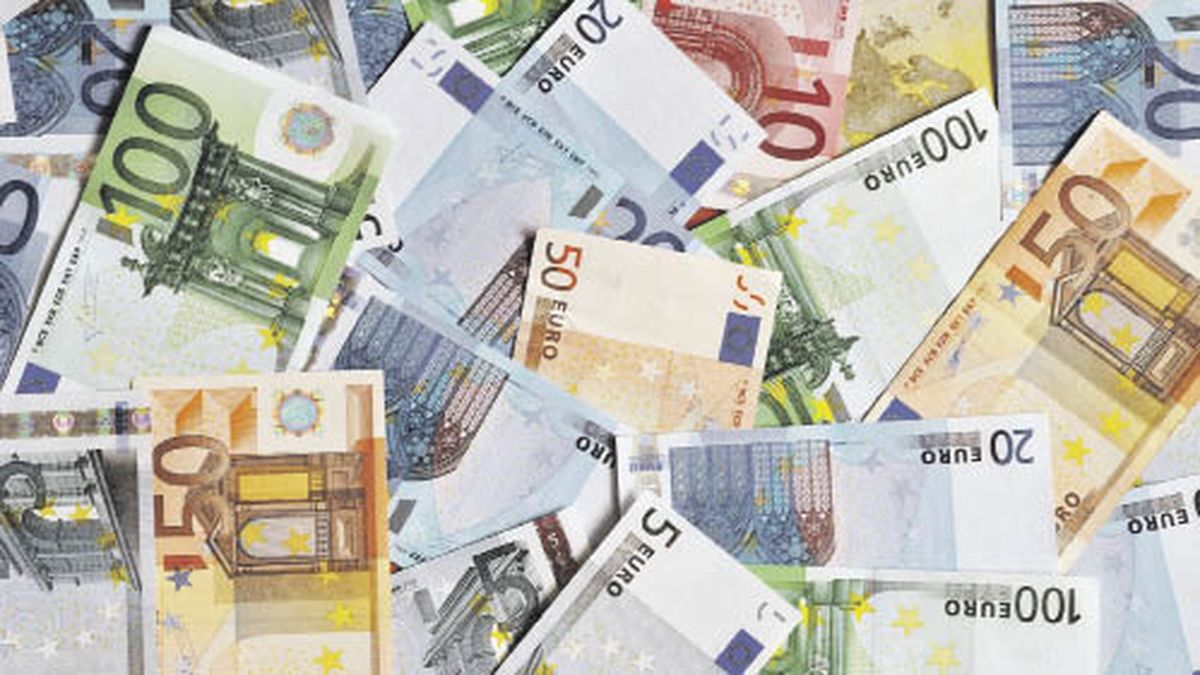He financial dollar rebounds strongly this Thursday, May 4 and is heading towards its biggest weekly drop in nine months. For his part, the MEP also operates on the rise but in a more moderate way and is surpassed by the dollar Cash with Settlement (CCL). This happens within the framework of the last restrictions set forth by the National Securities Commission (CNV), which seek to keep the exchange rate gap at bay after the strong jump observed in April.
In that context, the dollar CCL -operated with the GD30 bond in the Price-Time Priority segment -PPT- goes up $12.36 (2.9%) to $433.15, after scoring five consecutive days down. Indeed, the spread with the official is located at 91.5%.
For his part, he MEP dollar or Bag -operated with the GD30 bond in the PPT market- increases $2.16 (0.5%), at $432.35. Thus, the gap with the official stands at 91.1%.
Find out more – I followed the price of the blue dollar, official, CCL and MEP in Argentina
In the parallel market, meanwhile, the dollar blue operates stable, is offered at $468 for saleaccording to a survey of Ambit in the parallel market.
Context
A historic drought hinders key grain exports and devaluation of the weakened peso forces the loss of dollars to cover imports and energy paymentscenario that pressure on net reserves to a negative accounting position, according to analysts.
“Beyond the severe problem introduced by the drought, Argentina’s difficulty in recovering foreign reserves has to do with macro policies”said Mediterranean Foundation.
This week, the Government established new regulations that reduce the operations of bonds in pesos with settlement in dollars to decompress the pressures on alternative exchange markets, after raising the reference rate to 91% last week, in the face of rising inflation.
“Everyone is operating with an abundance of caution until everything stabilizes. and confirm the correct interpretations of the regulations”, said María Moyano, debt analyst firm corporate ad cap. “The interventions affect all your markets and create arbitrages,” she said.
Meanwhile, Argentina seeks a new flexibility of goals and faster disbursements of the agreement with the International Monetary Fund (IMF) by US$44,000 million, so it is lobbying for the support of key members of the body such as the United States and Brazil, government officials said. Besides, This Thursday a disbursement of about US$700 million to the IMF will have to be faced.
Meanwhile, the special exchange rate for agricultural producersat $300 per unit, fails to meet settlement expectations due to price differences between supply and demand, traders said.
“Traders remain concerned about the continued drain on reserves. Thus, the arrival of foreign currency is urgent, either through an acceleration of the ‘agricultural dollar’ based on incentives since it is slow, external financing or reorganization of disbursements and payments to the IMF, given that interventions and regulations only win time,” said the economist Gustavo Ber.
The dollar in the futures markets operated with falls at $294.45 per dollar for July and 528 units by the end of 2023, with volume dynamics, market agents agreed.
The measures that the Government is taking
Government has been taking measures to control the price dynamics of financiers. First, he did it through interventions with dollars from the reserves of the Central Bank (BCRA) in the CCL square in order to stop the currency run that occurred at the beginning of last week and throughout the previous week. That had an initial calming effect, but new measures were expected to come and they arrived this Tuesday, through new regulations from the National Securities Commission (CNV).
What the stock market regulator did was provide, through RG 959/2023, new limits for the purchase and sale of financial dollars and established that, as of this Tuesday, they could not be carried out if there is a debit bond, both in pesos and in dollars. The aim, according to City analysts, is to reduce the volume of foreign currency traded through publicly traded stock instruments so that the government’s firepower yields more when it comes to intervening.
To this end, stopped the leveraged buyout of the dollar stock market and cable in such a way that, if an investor borrows money from the market via bonds or repos to buy a title (generally in pesos but that is also quoted in dollars), he cannot then sell it against the MEP or CCL dollar. That is to say, what stopped the NVC is the possibility of operating these exchange rates for those who have an active financing operation with sureties or repos.
This was arranged because many investors took money in security and bought dollars MEP or CCL. In this way, they borrowed in pesos, delivering negotiable securities as collateral to go to the financiers. So. What the CNV seeks with this measure is to cut off the significant money flows that made parallel dollars rise. Ultimately, it points to reduce volume to the MEP and CCL operation.
Source: Ambito
I am a 24-year-old writer and journalist who has been working in the news industry for the past two years. I write primarily about market news, so if you’re looking for insights into what’s going on in the stock market or economic indicators, you’ve come to the right place. I also dabble in writing articles on lifestyle trends and pop culture news.




